Erik Metzler
Eugene Merlino
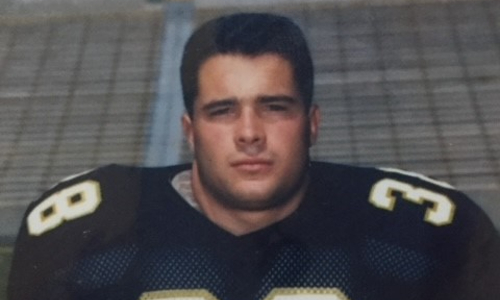
Gene and Kelly Merlino first met in New York City. Gene was charming, generous, good-looking, ambitious, and humorous, all of which initially attracted Kelly to him. The rest, as they say, was history.
As they grew closer, Kelly learned more about Gene’s beginnings: he was full of life and loved all kinds of sports and being active. On land, he could be found playing football, wrestling, skiing, or riding his dirt bikes and motorcycles. In the water, he enjoyed boating, scuba diving, and water skiing. But his first love was always football. He loved the comradery, being part of a team, and the values it instilled in him. He played the sport starting in third grade, throughout high school, and earned a spot on the Army football team at the U.S. Military Academy at West Point.
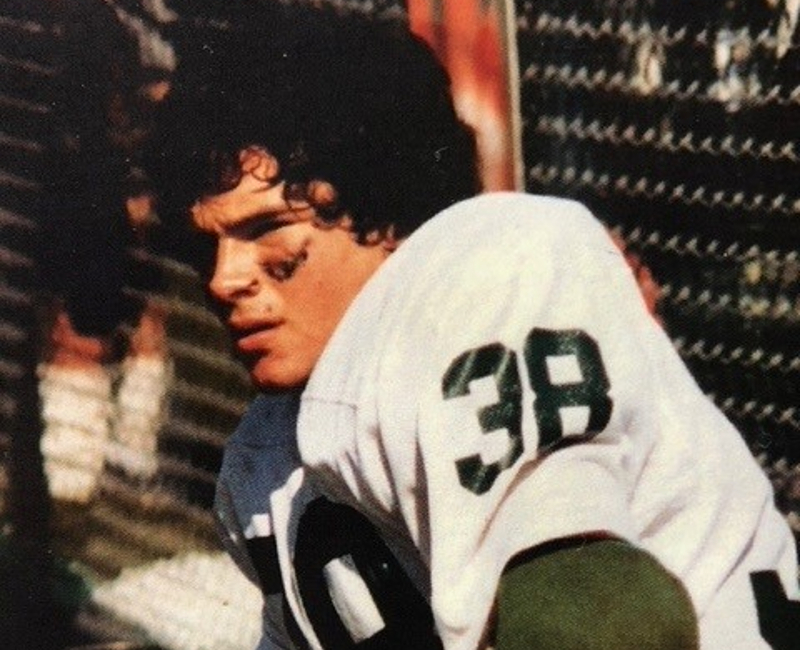
The Merlinos dated for a few years before getting married in 1998. They settled down in Mendham, NJ and had three sons: Max, Louis, and Ryder. To Gene, nothing was more important than family. Kelly and the boys were his entire world. They spent the summers up at their lake house in the Adirondacks. They always loved having a house full of family and friends. Gene loved entertaining on their boat and teaching kids to water ski and go tubing. Though everything seemed wonderful in the beginning, Kelly sometimes saw flashes of a different Gene.
Gene had been only a few years removed from football by the time the couple met but was already feeling the aftereffects of the numerous concussions he suffered while on the field.
First were the constant migraines. There was frequent times Gene could barely tolerate any light or sound, so at times he had to stay by himself in a basement, in complete darkness, to find relief. Then there were the nosebleeds; Kelly remembers certain moments when he was profusely just gushing blood everywhere.
Still, on the good days, Gene was an amazing husband, father, and friend. He took great pride in providing a stable life for his wife and kids. He coached Max’s football team and made it a priority to attend his children’s games. He loved being a mentor for the players he coached and teaching them about the philosophy of a team sport, which he fully believed could be applied to many aspects of daily life. But eventually, the number of good days started to disappear. Gene experienced periods of brain fog where he could not think straight, organize his thoughts, or recall memories, even if they had occurred recently.
Kelly kept a journal to help herself cope with the changes in Gene. The journals in turn helped to track Gene’s symptoms and the changes in his personality. She didn’t realize until reflecting on the entries how severe the personality and behavioral changes were and how quickly they were happening. Looking back on her entries now, she says her days mostly revolved around trying to help her husband and keep her family safe while her life became entirely consumed by chaos.
“It was terrifying and difficult to process for the entire family,” said Kelly. “We struggled with the question, ‘How does someone you love change before your eyes with no explanation?’”
As Gene entered his 40s, his personality shifted drastically. Each new day brought a waiting game to see how he would act. The majority of the time, Gene’s mood dominated the energy in the home which inevitably trickled down to Kelly and the children. He was unpredictable and could be fine one moment, but moody or frightening the next. Impulsiveness and rage were part of the new normal. The once social Gene became withdrawn, self-destructive, paranoid, overly negative, and not present. He struggled to follow conversations and would get easily frustrated. Work became more and more difficult due to the deteriorating of his executive functioning skills. He struggled with organizing, following directions, and would lose large gaps of time. Sleep became elusive and he’d stay up all night with his mind racing. He could snap at anyone on a whim, from family to strangers.
“Towards the end of his life it was like he was a shell of the man he used to be,” said Kelly. “He would constantly tell us that he was a burden to us all and we would be better off without him.”
In 2013, Gene was featured on a GQ docuseries called Casualties of the Gridiron, which looked at the impact of concussions on football players. Cameras documented his difficulties, Kelly’s experience as a caregiver, and their journey finding help and answers for Gene.
“I have this, I call it sponge head or fog head. It just doesn’t go away,” described Gene of his struggles in one clip. “I wake up every morning and I open my eyes and there it is again. It starts to become so overwhelming.”
Gene continued to battle symptoms in his early-mid 40s before passing away on July 9, 2021 at the age of 55.
Back in 2012, Gene had gone by himself to Boston without telling anyone, wanting to donate his brain to research. He knew he had all the symptoms of CTE and suspected he might have the disease. When Gene returned home, he gave Kelly the official paperwork and let her know he wanted to donate his brain when he passed. After his passing, she fulfilled his wish and his brain was studied at the UNITE Brain Bank, where researchers diagnosed Gene with stage 2 (of 4) CTE.
Upon hearing the results, Kelly, her sons, and family felt relief knowing their suspicions were confirmed. They now had an explanation for why he morphed into a completely different person.
Kelly is sharing her husband’s story to help raise awareness around CTE. For too long, Kelly and her sons felt as if they needed to keep Gene’s behavioral changes a secret which needed to be kept to protect Gene. There was very little help for Gene, for her, or their children. She wants other families to know they are not alone. There are resources available, such as the CLF HelpLine, which can provide personalized support and guidance to anyone struggling from a brain injury.
Her biggest piece of advice to other families and caregivers?
“When they tell you what they’re feeling and experiencing, please believe them, and support them as best as you are able to,” said Kelly.
Jim Mohr
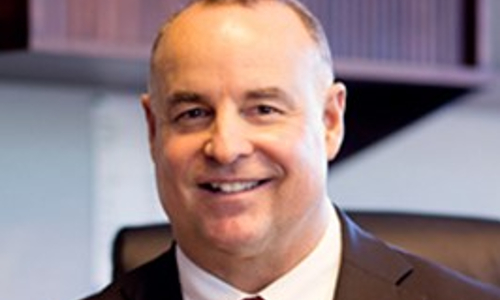
Warning: This story contains mentions of suicide and may be triggering for some readers.
Jim Mohr grew up in Arcadia, California, in a very loving family. He was the youngest son of Ed and Janet Mohr. As a child, Jim spent his summers on Newport Beach, California where he developed his love for surfing and all water sports. Jim had the fondest of memories growing up in his family and considered them some of his best life experiences.
Jim started playing Pop Warner Football at the age of 8. An extremely gifted athlete, he excelled at this sport and quickly became a standout player. Jim LOVED the game of football. He loved the off-season weight training, practices and the camaraderie of his teammates. The combination of his raw talent, work ethic, and natural leadership abilities led him to be an exceptional high school player. Described by his teammates as a “one man wrecking ball who played with reckless abandonment,” Jim started his freshman year on varsity as both the running back and defensive back. He was also the punt receiver and played almost the entire game in every game in his four years at Arcadia High.
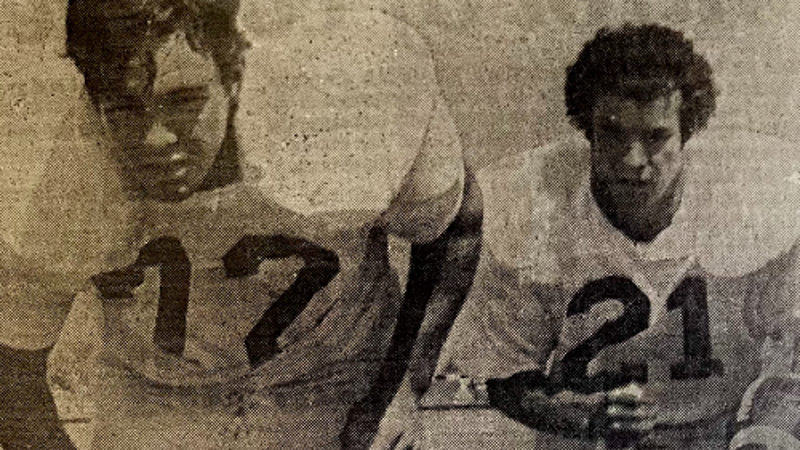
His accomplishments included being elected to the first team L.A. Times All-San Gabriel Valley football team in 1977 and 1978. In 1978, he scored 21 touchdowns, rushed for 1,322 yards and averaged 8.3 yards per carry. Jim was named by the L.A Times and the Pasadena Star as Running Back of the Year and All-San Gabriel Valley Defensive Back of the Year along with being selected Most Valuable Player in the Pacific League and named to the All-CIF First Team. Jim was selected to play in the Shrine All Star game, and he was elected co-captain by his teammates with John Elway. He started at both running back and defensive back, helping the North defeat the South 35-15.
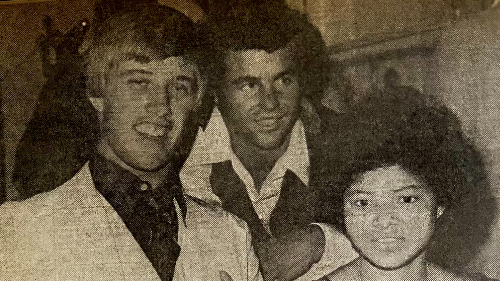
Jim went on to play running back, defensive back, and punt returner for Northern Arizona University until he suffered a knee injury requiring ACL reconstruction surgery which ended his football career in his sophomore year. After graduating with a degree in finance, he moved to San Diego to begin his financial advisory career and founded the Mohr Financial Group in 1984. His genuine care for helping people, attention to detail, and unparalleled work ethic led to a very successful career. For almost four decades, Jim worked tirelessly as a financial planner to care for his beloved clients’ needs. Every day, he led by example through his dedication, work ethic and knowledge.
I met Jim in 1986. My co-worker, who was his college football teammate, introduced us. I was taken by his handsomeness, charisma, and understated confidence. I thought Jim came to our office to see his friend so I was surprised when a few weeks later he called to ask me out on our first date to the Huey Lewis and the News concert. We were instantly smitten and were married a year later!
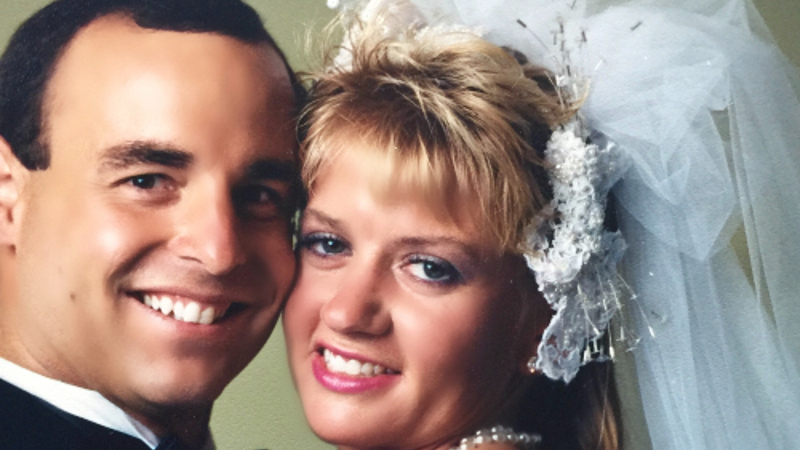
Life with Jim Mohr was my biggest gift. I loved his passion for life, his abundance of energy, his love for adventure, his genuine kindness, compassion, and his warm laugh! As disciplined of a worker as he was, he had the ability not to take himself too seriously and made sure he scheduled in plenty of fun!
Jim loved the beach and was happiest surfing, body boarding and scuba diving. We were able to travel often and spending time with friends was important. Jim was the friend who would make sure to stay in touch with his high school and college friends and would be the organizer of their yearly reunions. He loved his annual boys surfing trips to Samoa, Fiji, Costa Rica, and Nicaragua where he was known to get barreled on a long board in the 10-14 footers acting like it was nothing! He was crazy brave.

We were blessed with three beautiful children; Michael, Kaitlin and Patrick. Raising our family was our biggest joy. Jim was very active with the kids and made sure his relationship with each of our kids was his top priority while running his business. Some of my fondest memories were all the neighborhood whiffle ball games and beach activities he organized for the kids. Jim was not only a father to our children, but as they grew up, he became a best friend and mentor as well. He was their rock and provided a supportive space as they faced life’s challenges. Our kids remark how he taught them to work hard and have a little fun, but more importantly he showed them how to treat everyone with love and kindness. Jim had a genuine way of making everyone he interacted with feel special and loved, a quality we all aim to embody in his absence. We were lucky to have such close relationships with our kids and make very happy family memories throughout the years!
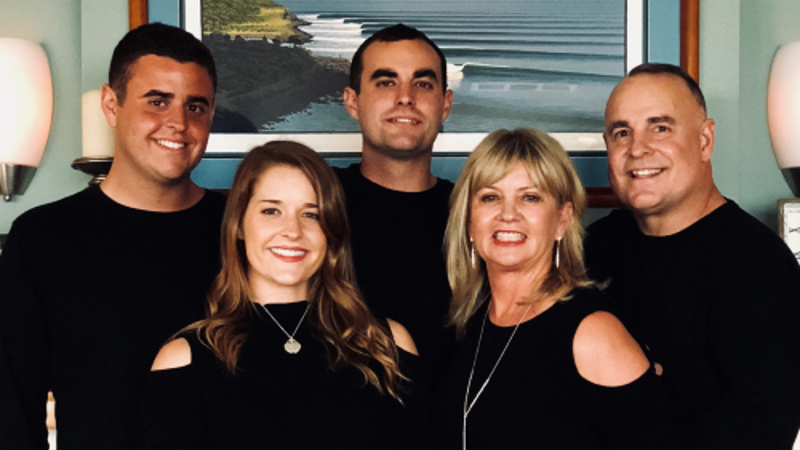
In 2018, Jim and I were at a sweet spot in our lives where we were enjoying the fruits of our labors. Our children were adults and were thriving in their own lives, Jim was successfully in the process of transitioning his practice to our oldest son who had been working with him for the past several years, and we just bought a second home at the base of the Sierra Nevada mountain range near Lake Tahoe, Nevada. We were looking forward to enjoying all the activities that come with retirement: skiing, hiking, biking, travelling and future grandkids! Life was very happy and good.

It was in October of 2018 when Jim’s anxiety and insomnia became more frequent than in the past. We had just returned from Nevada and Jim was back in the office seeing clients. I distinctly remember one day seeing a frozen look of despair on Jim. I had never seen that look before on him. I asked what was wrong. Jim said, “I don’t know what’s wrong with me. I get this gripping feeling of anxiety that comes out of nowhere and it’s a terrible feeling.”
Thinking the cause was situational, I told him I was sure it’s the stress of coming back to work and getting back into the work routine. I shared how I was feeling stress about that as well. Jim had an annual checkup scheduled and his doctor prescribed an anti-depressant for the anxiety. I thought this was too aggressive a treatment, but Jim asked me to support him on this decision because he wanted to give it a try.
In December of 2018, Jim said he was feeling great. 2019 was a very happy year. Our daughter got married and we were enjoying our time in Nevada setting up our new home and enjoying all the fun activities of Lake Tahoe. Life was very happy and good… until 2020.
We started a big landscape remodel project in January 2020. Jim was very excited about this and poured his energy into all the details of the planning process. He would get up early and work all day with the crew. It was a labor of love for him. Everything he did, he gave 100 percent. I started to notice that Jim was having a difficult time remembering details that were discussed even with writing them down. Jim took frequent and detailed notes his whole life, but now he was slow in actually writing the notes.
On Mondays, we would have a morning meeting with the contractors. Jim was slower in his speech delivery and in his note writing so I offered to be the note taker. He shared with me how he was having a hard time understanding all the details of the project. He kept saying he was overwhelmed and felt confused. Thinking it was situational, I told him that I was confused with all these details as well but we will learn all the new systems we were installing. Looking back, I realize that in years prior, Jim never was confused about home improvement projects. He loved all the details and enjoyed every project.
A situation occurred that I felt was a “light switch” moment. The irrigation system we installed was having a water pressure problem. It was a frustrating situation, but Jim’s reaction was so uncharacteristic of him. Jim was a “there’s no problems only solutions” type of man. He came inside, hugged me and sobbed. I was stunned at his reaction. Jim was not afraid to show emotion, but this was not the reaction I was expecting.
The world then went into lockdown due to COVID-19 and his anxiety only intensified. Normally the voice of calm reason, he was feeling intense worry about the situation. Jim was experiencing severe insomnia which seemed to amplify the anxiety. His facial expression seemed to be in a constant state of worry. The whole world was in a state of anxiousness due to the pandemic, so I hoped his intense anxiety was situational.
Jim told me he thought he had early onset of dementia or Alzheimer’s Disease. He was worried about his constant state of confusion and memory loss. Having seen Jim’s beloved dad struggle with Alzheimer’s, I didn’t think that was the case because Alzheimer patients don’t know they are losing their memory. Jim’s symptoms of memory loss, confusion, anxiety, and insomnia worsened. The week prior to Jim’s death, I don’t think he slept more than two hours. I remember waking up and seeing a look of frozen horror on Jim’s face. I will never forget that look as it haunts me to this day. That was the face of severe suffering.
I began to realize there may be more to these “situational” symptoms. A few days later, Jim shared with me that as he was driving, he had to pull over because he didn’t know where he was or where he was driving to. He shared how he was fighting to control his feeling of anxiousness and it took him about 10 minutes to figure out where he was. That was when I realized I needed to pay attention and get some help. Jim agreed it was time to schedule an appointment with the doctor. I told Jim I was there to support him 100 percent.
Two days later, on May 10, 2020, Jim died by suicide. My family and I were devastated and shocked. He left a heartfelt letter which provided much insight on how he was struggling with depression, anxiety, memory loss, confusion, and pain.
Our oldest son, Michael quickly voiced his suspicions of CTE, and our family was in agreement to have his brain studied. Jim shared with Michael a few years earlier how he was worried he may suffer from CTE in the future due to all the times he “got his bell rung.”
Researchers at the VA-BU-CLF Brain Bank diagnosed Jim with Stage 3 (of 4) CTE. I cannot express how grateful I am to the VA-BU-CLF Brain Bank study and to the Concussion Legacy Foundation. The CTE finding helped me understand why Jim suffered the way he did before his death. When I was waiting for the findings, I found it so very helpful to read other Legacy Donors stories. I found similarities and differences in how CTE symptoms present. Those stories shed light on a subject I was unaware of and yet living with in plain sight. Jim hid his symptoms until he couldn’t hide them anymore as CTE took over.
So many times after hearing someone died of cancer, I see “After a brave fight, they lost the battle to cancer.” I believe all victims of CTE fight a brave fight. It’s just a battle that ultimately feels like it can’t be won at this time. As family members affected by CTE, we can help to prevent the battle. We can keep telling the stories of our loved ones.
Jim Mohr loved the game of football and he would want to save the game. Jim once said, “Living with constant anxiety is horrible and I hope none of you experience it.” Tackle CAN and SHOULD wait if we want to reduce the risk of CTE among football players.
Phillip Moorehead
Richard Morrison
Paul Oliver
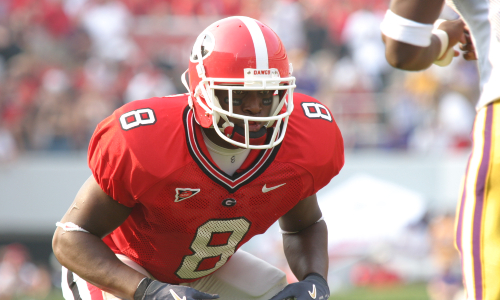
On March 30, 1984, the future Parade Magazine All-American was introduced to the world by his mother, Janice Oliver. The youngest of three brothers, Paul was not overly talkative, but he immediately had a way about him that made people gravitate towards him. He had an innate ability to bring his family together and was the brother and son who made sure his family was taken care of from an early age. He truly separated himself in athletics.
Paul rose to become one of the nation’s top-five defensive backs during his days at Harrison High School in Kennesaw, Ga., with a dozen interceptions and more than 120 tackles during his last two years suiting up for the Hoyas. But his talent stretched beyond the gridiron. Paul set Harrison’s 400-meter dash record and was part of the school’s record-setting 4x400m relay team. As a standout multisport athlete he had the potential to have a collegiate career in track or football. Paul found his true passion in football.
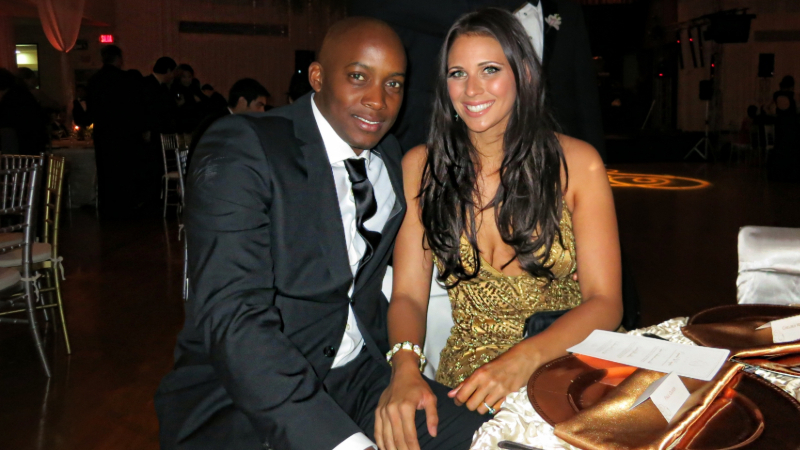
After sifting through scores of scholarship offers, Paul decided to attend and play football at the University of Georgia. His drive for the sport blossomed in Athens and he connected with another family – his Bulldog teammates and coaches. It was also on the UGA campus that he met a Bulldog volleyball player from California named Chelsea Young and the two quickly became inseparable. On the field, Paul battled for playing time his first two seasons before starting all 13 contests in 2006 and finishing with 57 tackles, including 6.5 tackles for loss, and three interceptions. His final season with the Bulldogs finished with a highlight, as Paul limited future NFL All-Pro receiver Calvin Johnson to a pair of catches for 13 yards during the win over the Yellow Jackets.
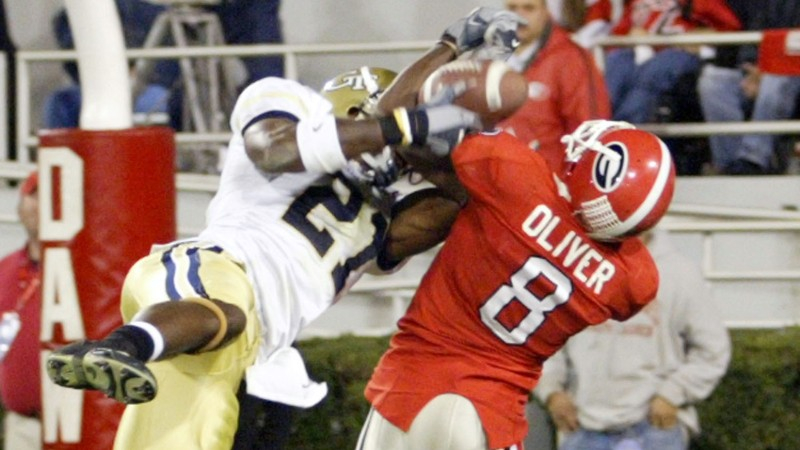
Paul decided to throw his hat in the ring during the 2007 NFL Supplemental Draft and was selected in the fourth round by the San Diego Chargers. He ended up playing in 57 games for the Chargers between 2008-11, starting 12, and had 144 stops to go with an interception during each of his five years in the League. During this period, Paul, the quiet, driven defensive back, and Chelsea, the outspoken volleyball setter, married and had two sons, Simeon and Silas. Paul had a relentless love for his wife and kids and found his new life’s passion in being a father and husband.
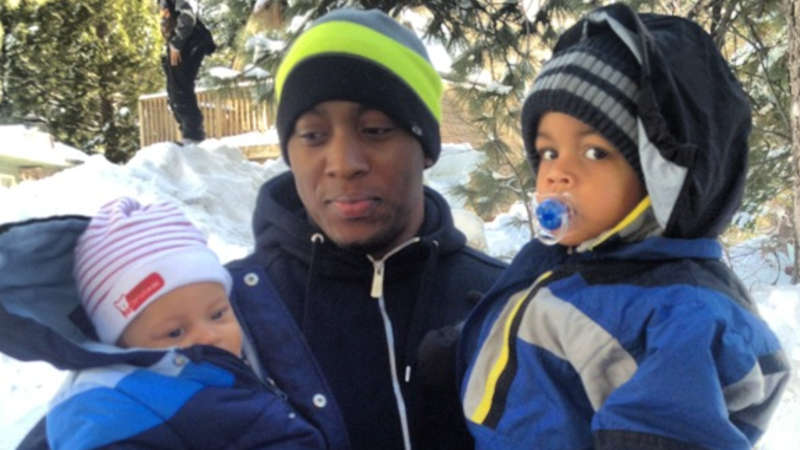
After Paul retired from the NFL, his characteristic drive began to fade. He suffered near constant headaches and battled depression. Paul departed this world too soon on September 24, 2013 at the age of 29. His brain was donated to the UNITE Brain Bank, where Dr. Ann McKee diagnosed him with Stage 2 (of 4) CTE. In 2019, the University of Georgia Athletic Department launched the “Wall of Inspir8tion”, where students can post inspirational notes to others and find informational materials on where to find help if you are struggling. Paul’s legacy will never be forgotten by his Bulldog family.
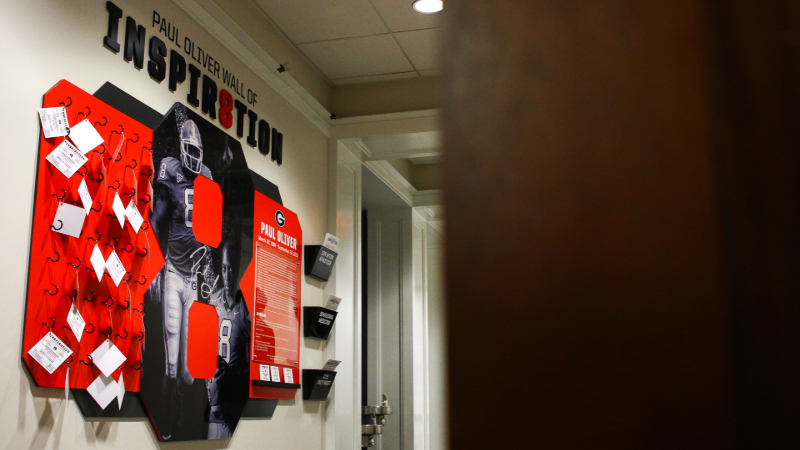
Roy Lee Owen
Sheldon Paradis
“We ran through three divorces, seven children, many failed relationships, jobs, deaths of friends, and all our downfalls and victories, good times and bad. He was possibly the best man I have ever known.” – Bill Marro, Shank’s close friend
His Humor Persevered
Shank’s initial symptoms were aphasia – difficulty in speaking and the added component of difficulty understanding spoken language. While you could always seeing him struggling to find the correct words, the ones he would finally speak were close to what he really wanted to say, but not quite on the mark. This made for some funny misspeaks and Shank always joined in the laughter. He loved to laugh. The following are some funny moments his family chooses to remember instead of the difficult times as he became sicker:
Shank was explaining the large mountain near us when we lived up in the greater North Conway, NH area and kept calling it Mouse Washington rather than Mount Washington. He did not even hear his mistakes!
“How far do you run?” his son asked. Shank answers: “I do sex every day” meaning SIX, as in miles. We were all cracking up.

I called him over to the window to see “the beautiful harvest moon” – it’s huge-ness. He gets up out of the chair, looks at it and starts telling me how it is the satellite thing that goes over and gives us tv signals.
As people age, I am told that we become more of what we already are (i.e., If he was always a grumpy man, he will be more of a grumpy man; if she was always a sweet woman, she may be sweeter yet). I found that the degeneration aged Shank but he was still the very gregarious, easy going, people person he always was. He was talking with someone at the nursing home one day when I visited him (“talking” being in its loosest meaning), as he turned to let the man know I was his wife (always the respectful man). Although I’m only in my early fifties, and told I look younger, the man said to me, “you’re 69, right?”. Shank is nodding complete agreement, while two of the nurses are watching. I said “sixty-nine? …yes, and don’t i look damn good for 69!”. I am certain Shank didn’t understand AT ALL, but when I burst out laughing along with the nurses, so did he. He just always made people around him comfortable.
The move to the nursing home was very difficult and only a last possible resort once it was clear he couldn’t be at home any longer. Shank’s brother and I had convinced him that he worked at the nursing home in order to make that transition smoother and help him understand why he needed to be there. One day while we were both visiting during our lunch hour Shank said “they don’t pay me”. I looked at him and said “yes, but they feed you” and his brother chimes in “so they are losing money”! As we laughed so did Shank. Even if he didn’t get it, or could have taken it personally, his getting along nature persevered. It was a light moment during a very difficult time.
The most hilarious story I can recall is when we were out walking the dogs on a path near our home. Shank loved his dogs, particularly his dog Molly who was his running partner for years. On this particular day Molly was slightly ahead of us, watching out for her man and she came across a toad on the path. She used her nose to push him off to the side, perhaps so we wouldn’t walk on him. I said to Shank “did you see that”? Molly nosed him right off the path!” Shank’s reply: “Molly knows him?” I nearly fell over laughing.
I choose to remember the funny things, and the true loving nature of my husband rather than the way the disease robbed him of his life.
The following is an essay written by Shank’s stepdaughter Andrea prior to his death:
The first thing my mom told me about my future stepfather was that he was a runner. She knew that this one fact could forever alter the way I, in my teenage contempt, viewed him, and she was right. One of our first encounters was a 5-mile run through the trails near my house. I pushed hard up and down the hills, trying to test his endurance to see if he would respond. He did just that, and as we neared the end of the run the trail opened up to a paved road, about 300 yards from the parking lot. “Let’s go, pick it up!” he told me, starting his sprint. I responded and kicked it up a notch, running neck in neck with him before passing in the final 50 yards. By then it was a done deal- he had my stamp of approval.
Three years later Shank and my mother were still dating and our relationship had grown to include long runs together on weekends and discussions about training, nutrition, injuries and racing. It was fall and I was away at college when Shank informed me that the ½ marathon I had agreed to run was, in fact, a full marathon and he had signed me up because he knew I could do it, even if I didn’t think I was ready. He was right about the latter. I was terrified of the 26.2 mile distance.
We ran together for the first 18 miles. We dissected what we were eating and drinking, how our legs were feeling, how our minds were dealing with the race. This was Shank’s 10th marathon and his experience showed. We were complete contrasts to each other; he was calm, soaking up the moment and I was terrified of “the wall.” At mile 18 Shank started to cramp, but I was feeling good. He told me to go on ahead and just take it easy, wait for the wall to come and then fight through it and finish. I didn’t want to leave him behind, but as he stopped to stretch and walk I knew that if I stopped that might be the end of me. The next 8+ miles were magical: I barely felt my legs, the miles kept clicking by and before I knew it I was at the finish line of my first marathon. It’s probably true that eventually I would have run a marathon on my own, but his faith in my ability and his presence through the first 18 miles made it that much more special.
Fast-forward 3 years. Shank is diagnosed with Alzheimer’s, a possible outcome of the numerous concussions he suffered as a college football player. For a while after the diagnosis he continued to run, but as time passed he stopped going. Possibly he is afraid of getting lost, or maybe he thinks he has already gone running. He occasionally works out on a treadmill, but still fills out training logs as if he is still running 30-40 miles per week. It’s heartbreaking to see this degeneration of a person, and for me a running mentor. But I have learned that where there is sadness, there can be joy.

Although Shank no longer competes in races he is still an important part of my running success. I feel that in a way, I run for him, too. When I have a good race, I call to let him know and I seek his approval of my training methods and race strategies. He has been present at my past two marathons, and though he has trouble communicating his feelings I can look in his eyes and I know that he still gets it. His body may disagree but his mind knows I am a runner. I don’t know what the immediate future holds for Shank, but I do know that I will continue to run and count my blessings for having had the chance to run those 18 miles together. Each time I toe the line he’s in my thoughts.
Madigan Paradis, Sheldon Paradis’ granddaughter, has been a multi-year intern for CLF as a tribute to her “Grampy”’s legacy. Madigan wrote an update to Sheldon’s Legacy Story as part of her internship.
By Madigan Paradis
Although I did not know my Grampy for much of my life and do not remember many interactions with him, his life has had an indirect impact on mine. He passed away when I was eight, giving me only a few very vague memories of him. However, I have heard enough about him to understand the memories I had with him and why they did not make sense to me at the time. He was diagnosed with early onset Alzheimer’s before I was born and had been affected mostly in his speech skills and mood. As a young child, I remember being so confused when he talked and did not understand why he was different from everyone else. The only real memory I have with him was sitting in his kitchen and him teaching me how to eat string cheese. That memory stands out to me because there was no need for any verbal communication, we could understand each other, and I could learn from him without his disease getting in the way. He was smiling and laughing, and it was a successful nonverbal interaction. From what I knew at the time, he was a kind and gentle man who struggled with himself and his relationships with others.

In the years after his death in 2008, I slowly learned more about him as a person from my dad, nana, aunts, and uncle. I learned how he struggled with mood swings all throughout their lives too and he would lash out for no apparent reason. There was something not right with him, but no one understood why. He married three times in his life and had four kids between two different marriages. There seemed to be some inconsistency in his life, and he had difficulty maintaining relationships. He often had sudden raging episodes where he would break things and say hurtful words to the people he cared about. According to my family, his behavior made people fearful to be near him at times. No one could figure him out or understand his erratic behavior. This all took place years before people understood CTE and his official diagnosis of early onset Alzheimer’s Disease.

Growing up, my dad often spoke of how he played D1 college football the same way my Grampy did. My dad would bring up the many head injuries he had, as well as how many my Grampy presumably had too in his football career. My nana even remembers old conversations between my Grampy and his teammates, where they would laugh about how many concussions they had. Back then, nobody understood the dangers that would lie ahead. In my sophomore year of high school, I suffered from a serious concussion playing soccer. I remember receiving advice from my Aunt Lisa who was previously involved in some work at CLF, after my Grampy’s brain donation. When I recovered from my concussion, my interest in the subject was piqued. I began to think about how if my concussion impacted me that much, how so many repetitive head injuries could have affected my grandfather, and how could it have affected the way he was throughout his life.

I began to pursue a major in neuroscience in college and reached out to CLF, hoping to become involved. I wanted to figure out why CTE and concussions have such an impact on people and their behavior. Although I did not know my Grampy well or for much of my life, his story has inspired my life and career goals. Many of my family members, including my dad and siblings, have played or still play college sports. I hope to become involved in studying CTE and concussions to help their futures. There was a trickledown effect from the CTE my Grampy had, as it affected the peace of the whole family and has had an impact on many family members. To be a part of his legacy and become involved at CLF has been such an honor and has made me more excited for the future and how I can work to prevent the damage concussions and CTE can cause.